The second wave of Z790 motherboards, released alongside 125W Intel Raptor Lake Refresh CPUs, is also attractive for its upgraded network connectivity. The latter is also cutting edge on the Z790 Tomahawk Max WiFi. It’s one of the cheapest boards with WiFi 7. But in our tests of it, we’ll naturally be interested in the overall implementation of all the features. That is, what MSI managed better or worse compared to competing models. Read more “MSI MAG Z790 Tomahawk Max WiFi: Mainly faster network”
Category: Extra tests
Test of Thermalright HR-10 2280, a premium SSD cooler
One of the most powerful SSD coolers reminds a bit of the era of massively finned heatsinks that used to be on motherboards. Thermalright is well known for producing small coolers with a large number of fins. Such a concept in the form of the HR-10 2280 cooler should score points on SSDs as well. And it does so even in comparison with almost 60 competing solutions. Read more “Test of Thermalright HR-10 2280, a premium SSD cooler”
Gigabyte Z790 Aorus Pro X: White for Raptor Lake Refresh
We tested the first Z790 motherboard primarily designed for use with the 14th generation Intel Core (Raptor Lake) processors. The chipset’s features haven’t changed, but there’s a lot of new, noteworthy stuff around it. That includes upgraded network connectivity headed by WiFi 7 and, finally, 5-gigabit Ethernet. And in the year that it’s been at it, Gigabyte has worked on a lot of details too. Some were more successful, others less so. Read more “Gigabyte Z790 Aorus Pro X: White for Raptor Lake Refresh”
Valkyrie Dragonfang 240. Smaller edition of the Cypriot liquid cooler
At the end of this year, I have prepared a review of Valkyrie’s AIO liquid cooler. In the autumn I tested their flagship cooler Dragonfang 360 and today we will test its smaller brother, the Dragonfang 240. It is cheaper and has wider compatibility, as it is more compact. Valkyrie’s previous coolers have not fared badly in absolute numbers at all, hopefully this trend will continue in today’s article. Read more “Valkyrie Dragonfang 240. Smaller edition of the Cypriot liquid cooler”
MSI MAG X670E Tomahawk WiFi: Extra features “cheaper”
The X670E Tomahawk WiFi motherboard is a combination of the highest-end AMD chipset and a relatively lower price. At least by X670E motherboard standards. In addition to broader connectivity (that’s first and foremost), there’s also PCI Express 5.0 support. The decent VRM is also well prepared to run efficiently with even the most powerful processors that can be used on the AM5 platform. Read more “MSI MAG X670E Tomahawk WiFi: Extra features “cheaper””
BeQuiet! Pure Wings 3 (BL108): Efficient and “cheap” in 140 mm
The long break is over, back to fans. BeQuiet! recently updated its entry-level line – Pure Wings – and at least the slower 140-millimeter models have to be on your radar. The Pure Wings 3 fans in the BL108 variant represent an extremely efficient low-cost option for some situations, while not suffering from the common shortcomings of their price class. What’s quiet here is not only the aerodynamic component, but also the motor one. Read more “BeQuiet! Pure Wings 3 (BL108): Efficient and “cheap” in 140 mm”
DeepCool CH560 WH: Fresh (case) cooling-wise and visually
You’ve already seen the new “CH” case model as part of a build where we played around a bit with cooling optimizations and keeping things as quiet as possible. Now here is the standard review with a more detailed analysis. Compared to the CH510 Digital series, the CH560 (WH) is a bit more expensive, but comes with more features. And significantly so. Its biggest selling point is its four efficient ARGB fans. Read more “DeepCool CH560 WH: Fresh (case) cooling-wise and visually”
12VHPWR cable thermal imaging: Different PSU, different temps
Something for warm-up. We’ll start our ATX 3.0 PSU tests with perhaps the most talked about topic surrounding them, the temperatures of the new cables with 16-pin PCIe connectors. The overview of the PSUs of twelve brands answers well the question of how the manufacturers handled which models. With high current loads, the temperature differences can be quite significant, both on the connector housings and on the wire insulation. Read more “12VHPWR cable thermal imaging: Different PSU, different temps”
Retrotest: 8× PC case. From small to “large”
In the archives we found some remarkable tests that have never been published in English. Although they are heavily out of date ( cases included have not been sold for a long time), it illustrates well the possible impact of cooling across a wide variety of designs. And by those we also mean completely passive solutions that use their own shell to dissipate heat, as well as rather larger midi-towers and also something in between. Read more “Retrotest: 8× PC case. From small to “large””
Scythe Fuma 3 bonus tests: Third fan and same rotation
What impact does adjusting the fan configuration have on the efficiency and acoustic pfrofile of the Scythe Fuma 3 cooler? We report on the possible changes in the additional tests, where in one of the modes, the heatsink is supplemented with a third fan and in the other we replaced the low-profile fan with a thicker model, but at the same time we deprived the cooler of one of the advertised advantages – the counter-rotating fans. Read more “Scythe Fuma 3 bonus tests: Third fan and same rotation”
Graphics card vertically. We tried the Fractal Design Flex 2
You might have thought about vertical mounting of your graphics card, which many modern cases allow. You can’t do it without the right adapter, though. This usually has to be purchased as an optional accessory. We tested one such PCI Express ×16 adapter with three differently performing graphics cards. Does it or does it not affect their performance? The bottom line with the insertion of such intermediate adapters is always that “it” works at all. Read more “Graphics card vertically. We tried the Fractal Design Flex 2”
Scythe Fuma 3 – A pair of counter-rotating impellers
Another cooler that we will have time to look at this year is the Scythe Fuma 3. This cooler uses several atypical design elements, which makes it different from the usual dual-tower coolers in its class. Moreover, with a price tag of just over 50 EUR, it could offer an interesting price/performance ratio. Additionally, this is my first experience with a Scythe cooler, so I’m also duly curious to see how the Fuma 3 performs in stress tests. Read more “Scythe Fuma 3 – A pair of counter-rotating impellers”
Tuned for low noise: Case, cooler and PSU from DeepCool
Very quiet operation, but with “sufficient” cooling performance that doesn’t hold back the components. That’s the assignment we gave ourselves when building a mid-range PC with which, regarding cooling hardware, we went with DeepCool. The case which became the basis of this configuration has great potential to achieve the desired result, but everything needs to be set adequately. Read more “Tuned for low noise: Case, cooler and PSU from DeepCool”
When to choose which Axagon (SSD) cooler? A little guide
Axagon’s SSD coolers are some of the best value on the market. They always have an extremely attractive price-performance ratio and, at the same time, clever technical implementation of design details. There are several options, or variants of coolers to choose from to suit different needs. For better orientation, we will now go through each model in turn and indicate for which situation which one may seem to be a suitable choice. Read more “When to choose which Axagon (SSD) cooler? A little guide”
Intel Core i9-14900K: The most powerful for desktop
The top model of the 14th generation of Intel Core (Raptor Lake Refresh-S) processors has outperformed everything that has come out for desktop computers so far. In speed, but also in power draw. On the one hand, the 6 GHz metric for single-threaded applications has been reached and the clock speeds are very high even under all-core boost, the side effect is that the Core i9-14900K’s power draw can sometimes spike up to 400 W. Read more “Intel Core i9-14900K: The most powerful for desktop”






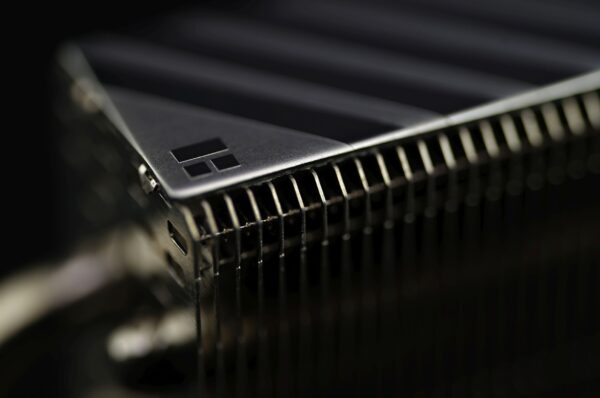
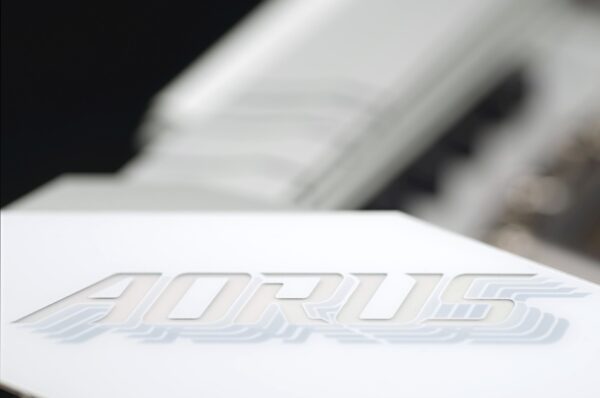

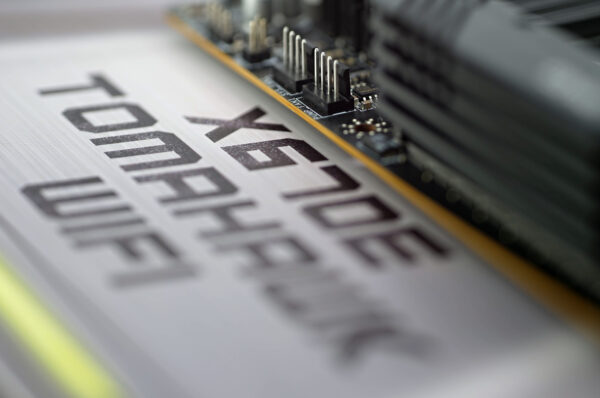
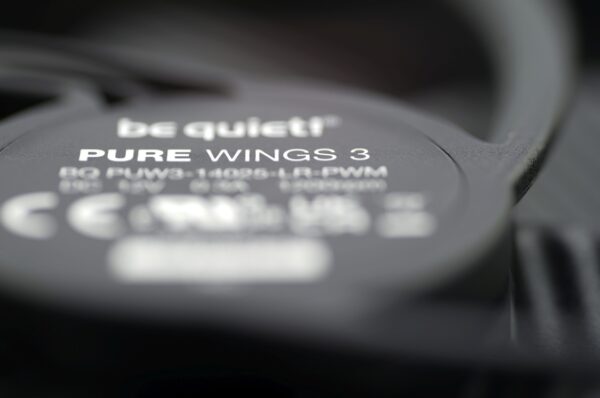
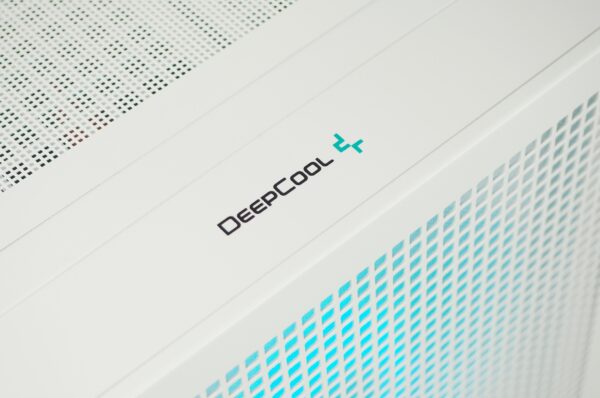

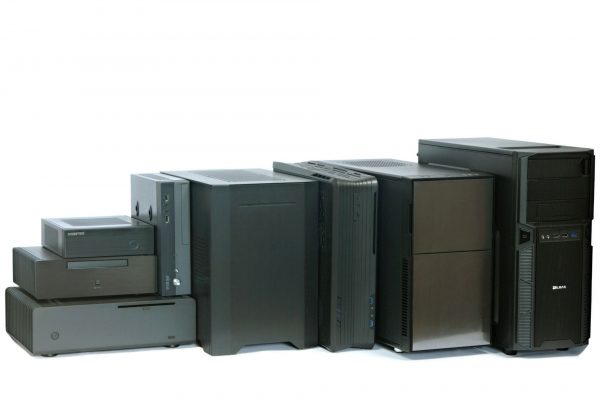
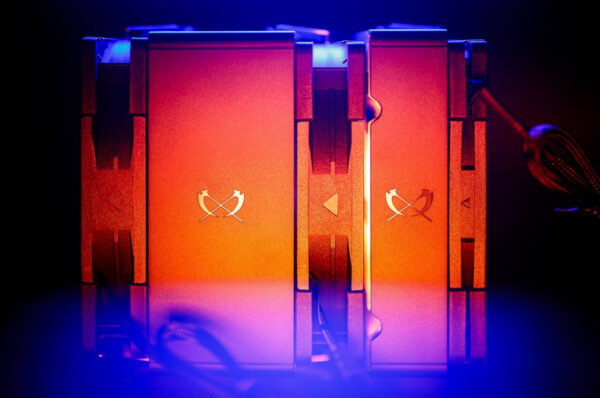
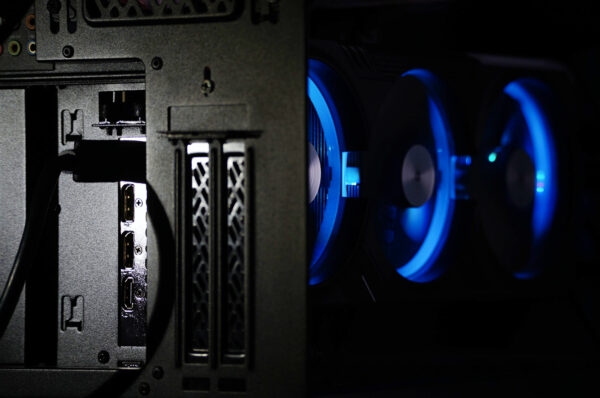

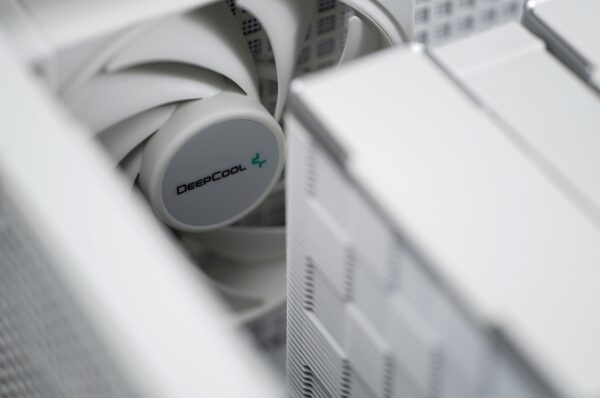
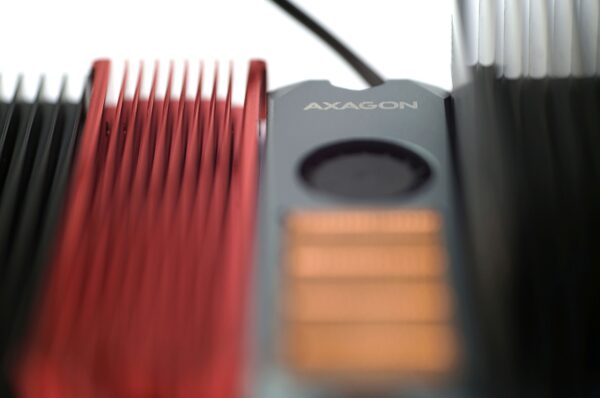
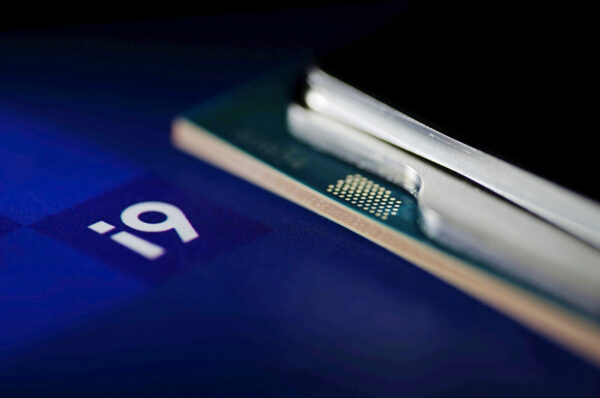



Latest comments